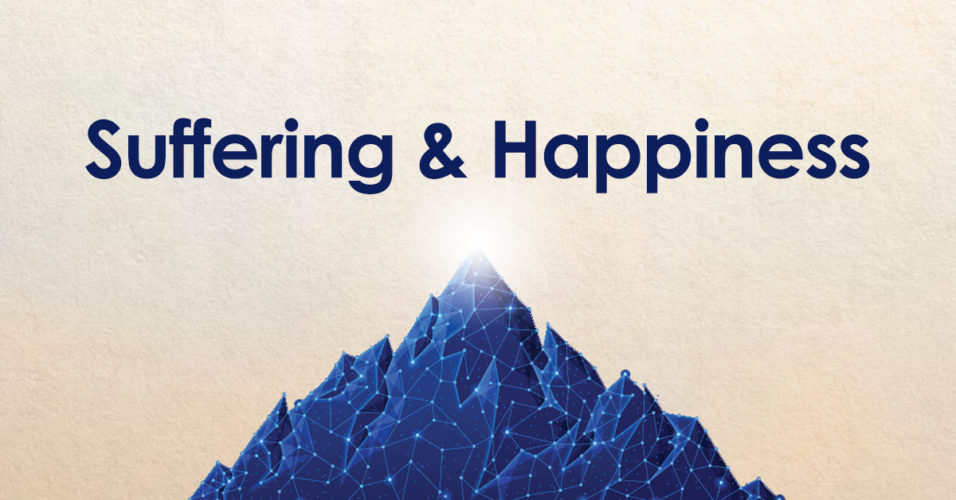


Anyone who has exercised knows that it can be painful, but focusing on the pain only amplifies it. We can choose to do things that cause us physical pain, because we know that we’ll grow from them.

We can choose to suffer from a breakup or divorce – or we can choose to learn, adapt, and move on. Many perceive suffering and pain to be the same, but they are not. Pain is a signal to us to do something different. Whether we want to accept it or not, we will all feel pain. Pain is Unavoidable, Suffering is Optional so that we can more accurately appreciate and respect reality. The quest for dharma is about broadening that perception as much as possible through study, meditation, others, etc. We necessarily see an incomplete view of other people and the world. That is recognizing and accepting the truth of the world – even if we don’t like it.Īll of us are bound by the limits of our perception. Twelve-step programs speak about living life on life’s terms. Other practices use different words to mean the same thing. It’s not some religious epiphany or mystical art. The idea is that the journey you’re on is the reward – not some mythical endpoint you may never reach. Hanson makes the point that his goal is not perfection in any practice. The subtitle of the book indicates there are seven practices of highest happiness. It’s practical but also seems more connected with Hanson’s desire to contribute his unique perspectives. This book feels a bit different, however. I’ve read some of Rick Hanson’s previous works, including Hardwiring Happiness and Resilient. Such is the case with Rick Hanson’s Neurodharma: New Science, Ancient Wisdom, and Seven Practices of the Highest Happiness. Occasionally, I get the chance to review a book before its release.


 0 kommentar(er)
0 kommentar(er)
